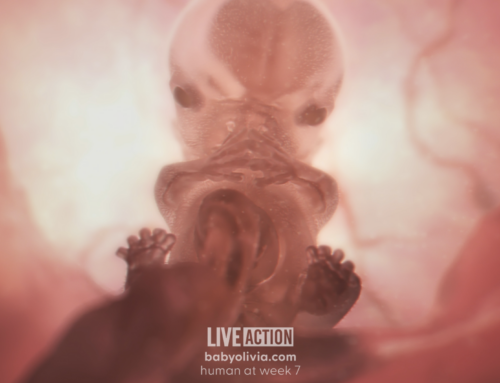Articles on euthanasia refer to patients in a persistent vegetative state. What exactly does this mean? P.M., Winnipeg, Man.
Dr. Fred Plum, who is said to be the creator of this term, gave this definition when he testified as an expert witness in the Jobes case. “Vegetative state describes a body which is functioning entirely in terms of its internal controls. It maintains temperature. It maintains heartbeat and pulmonary ventilation. It maintains digestive activity. It maintains reflex activity of muscles and nerves for low-level conditioned responses. But there is no behavioural evidence of either self-awareness of awareness of the surroundings in a learned manner.”
When this condition is continuous over a significant period of time, with (in the present stage of medical science) no possibility for improvement, the patient is said to be in a persistent vegetative state.
Exactly what is a hospice? How long have there been hospices? L.A., Vancouver, B.C.
Originally hospices were resting places for medieval pilgrims to the Holy Land. Today they are resting places for those who are nearing the end of their earthly journey, the people with terminal illnesses whose needs are loving, personal care, and a specially-designed system of pain relief.
The modern hospice movement began in Ireland in the middle nineteenth century. Mary Aikenhead founded an order of nuns in Dublin – the Irish Sisters of Charity – with a special call to care for the dying. It was their experiences that led Mary Aikenhead to believe that the dying needed a special kind of nursing home, quieter and smaller than hospitals but with medical facilities, and with the availability of more intensive care. Early this century the Irish Sister of Charity opened the first modern Hospice in England – St. Joseph’s in Hackney.
It was however, the arrival of Dr. Cicely Saunders at St. Joseph’s in the 1950s that led to the rapid growth of the hospice movement in Britain and overseas. Cicely Saunders believed that pain, and the fear of pain are totally unnecessary for the drying. So, today, hospices are cheerful places where patients are made comfortable in an atmosphere of peace and love, where pain is controlled, and where every effort is made to bring joy into every day that is left to the patient and to his family.
In a TV program, The Value of Life, one nurse said that hospices “make euthanasia an outdated concept.” That opinion was echoed by many speakers in a House of Lords debate (December 1985), when a bill amendment – which would have allowed “assisted suicide’ – was refused second reading by a 75 per cent majority vote.
How do medical costs compare between hospitals and hospices? L.A., Vancouver, B.C.
The only information that I have is from Britain where the hospice costs are between 33 and 35 per cent less than in a hospital. This difference is despite the fact that a hospice has a much higher nurse-to-patient ratio.
There is another factor re cots, too. Some hospices, recognizing that many terminally ill patients would prefer to be – and to die – at home, offer home care and follow-up units. The hospices therefore, care for these patients for a while, work out the best possible pain schedule, teach the family the routine and procedures, and return the patient to his home and familiar surroundings. The patient knows that the hospice, its care and expertise, is only a phone call away.
As one speaker, Lord Robertson, said in rejecting assisted suicide or euthanasia: “What our society has to do is find other more positive ways to help the chronically sick and handicapped. The hospice movement points out one way.” (See the article in this issue, “Dehydration at Ottawa’s Bruyère Centre.”)
How dangerous are abortion? L.F., Regina, Sask.
If we are talking of the mother, there are immediate hazards, and later, long-term dangers.
The immediate dangers include the following: hemorrhaging; perforation of the uterus; damage to local tissue; parts of the baby left inside the mother; or an unrecognized ectopic (tubal) pregnancy which could be fatal.
Later and long-term physical effects include: sterility; infection of the genital tract; pelvic abscess; pelvic inflammatory disease (PID); uterine adhesions; increased likelihood of early miscarriages, ectopic pregnancies and premature births (with low birth-weight and other problems for the baby). In addition there are the psychological effects of Post-Abortion Syndrome: guilt, anxiety, suicide, insomnia, sexual dysfunction, broken relationships.
For the baby involved in the abortion the fatality rate is virtually 100 per cent.




